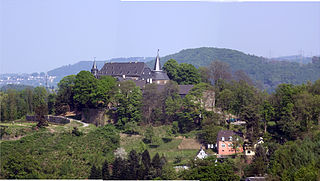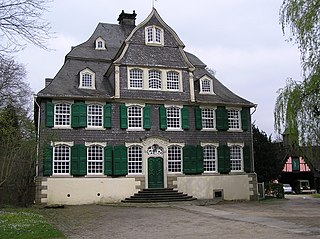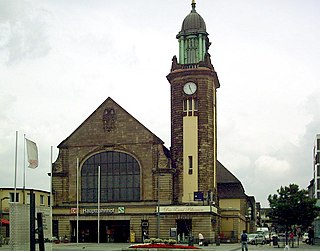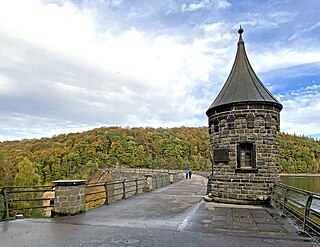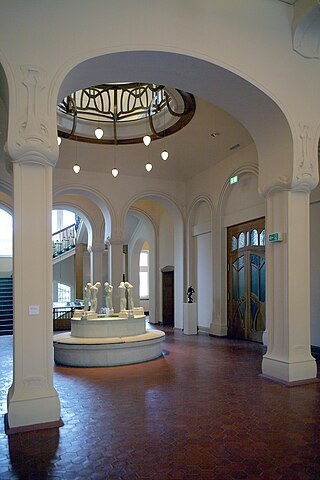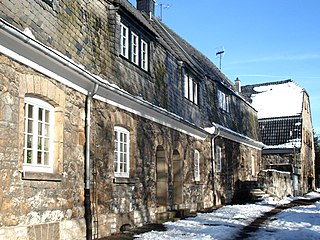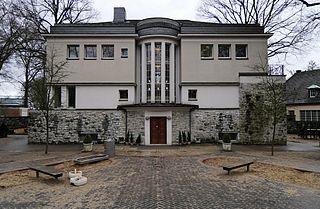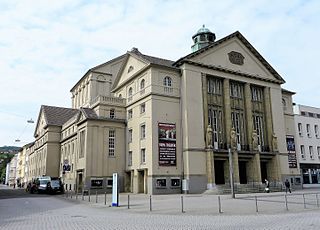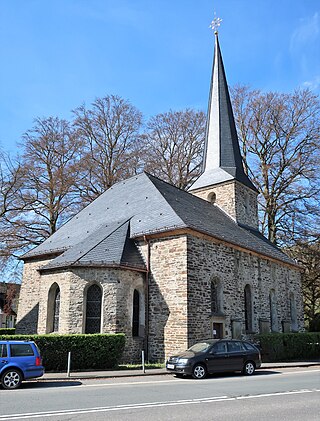16 Sights in Hagen, Germany (with Map and Images)
Legend
Welcome to your journey through the most beautiful sights in Hagen, Germany! Whether you want to discover the city's historical treasures or experience its modern highlights, you'll find everything your heart desires here. Be inspired by our selection and plan your unforgettable adventure in Hagen. Dive into the diversity of this fascinating city and discover everything it has to offer.
Sightseeing Tours in Hagen1. Schloss Hohenlimburg
Hohenlimburg Castle is the only hilltop castle in Westphalia that has been largely preserved in its original medieval state. Located on the Schlossberg of Hohenlimburg in North Rhine-Westphalia, the ensemble of city and castle is also called Westphalian Heidelberg because of its picturesque location. In 1975, the city of Hohenlimburg was incorporated into the city of Hagen.
2. Raffenburg
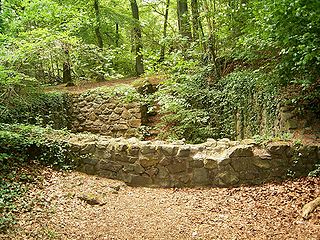
Die Raffenburg, auch Burg Raffenberg genannt, ist die Ruine einer Höhenburg in der Gemarkung Hohenlimburg der Stadt Hagen in Nordrhein-Westfalen, Deutschland. Sie befindet sich auf dem Gipfel des bewaldeten Raffenbergs inmitten des Naturschutzgebiets Raffenberg westlich des Hohenlimburger Ortskerns und östlich vom Hagener Ortsteil Holthausen. Auf der Nordostseite des Berges trennt die B 7 die Anhöhe von der mehr als 120 m niedriger gelegenen Lenneaue. Auf der flacheren Südseite des Bergs führt ein Pfad zur Anlage herauf. Er beginnt am Wandererparkplatz Piepenbrink nahe dem Märchenwald. Die Raffenburg liegt im Naturschutzgebiet Raffenberg.
3. Haus Harkorten
Haus Harkorten is a structurally almost completely preserved, but decaying late Baroque estate and the former residence of the patrician and entrepreneurial Harkort family in the Hagen district of Westerbauer in the southeastern Ruhr area.
4. Hagen Hauptbahnhof
Hagen Hauptbahnhof is a railway station serving the city of Hagen in western Germany. It is an important rail hub for the southeastern Ruhr area, offering regional and long distance connections. The station was opened in 1848 as part of the Bergisch-Märkische Railway Company's Elberfeld–Dortmund line and is one of the few stations in the Ruhr valley to retain its original station hall, which dates back to 1910.
5. Staumauer
The Hasper Dam or Hasper Dam is a dam that was built from 1901 to 1904 according to plans by Otto Intze by the town of Haspe in the Ruhr area (North Rhine-Westphalia) for the supply of drinking water. It is one of 14 dams in the Ruhr river system. The inauguration took place on 11 October 1904.
6. Kulturzentrum Pelmke
The Pelmke Cultural Centre is one of four independent cultural centres in the city of Hagen, along with the AllerWeltHaus, the Hasper Hammer and the Hohenlimburg Werkhof. It is located in the district of Wehringhausen. The managing director of the Kulturzentrum Pelmke e.V. is Katharina Müller-Kinne.
7. ELBERSHALLEN
The Elbers textile factory was a company in Hagen that existed from 1822 to 1932. Located in the centre of Hagen, the company premises of the cotton textile factory were of great importance for the economic development of the town.
8. Emil Schuhmacher Museum
The Emil Schumacher Museum is an art museum and part of the Kunstquartier in Hagen and dedicated to the internationally renowned painter Emil Schumacher, who was born in Hagen. It was opened on 28 August 2009 in a specially built new building in the run-up to the Capital of Culture year RUHR.2010.
9. Heilig-Geist-Kirche
The Church of the Holy Spirit is the church of the Catholic parish of the Holy Spirit in Hagen (Westphalia) in the district of Emst. The foundation stone was laid on 9 May 1954. The consecration took place on 12 June 1955 by the Paderborn Auxiliary Bishop Franz Hengsbach. The church was designed by the well-known Cologne architect Dominikus Böhm, who had a decisive influence on church building in Germany in the post-war years.
10. Kaisberg
The Kaisberg is a 185 m high hill east of the Harkortsee north of Hagen-Vorhalle. The layers of the Carboniferous that form the ridge of the mountain are among the deepest Sprockhövel layers, while the lower-lying Sengsbank seam is one of the oldest coal-bearing layers in the Ruhr area. The sandstone gives its name to the Kaisberg Formation.
11. Karl-Ernst-Osthaus Museum
The Karl Ernst Osthaus-Museum is an art museum in Hagen, North Rhine-Westphalia, Germany. The center of the museum is a building whose interior was designed by Henry van de Velde to house Karl Ernst Osthaus' art collection, open to the public as the Museum Folkwang. When Osthaus' heirs sold his art collection to the city of Essen, the city of Hagen gained possession of the empty museum building. For a time it served as offices for the local electric company.
12. Arbeitersiedlung Walddorfstraße
The workers' housing estate Walddorfstraße of the Hagener Textilindustrie Gebr. Elbers AG in the Waterless Valley in Hagen (Westphalia) was planned by the Munich architect Richard Riemerschmid. Her name is closely associated with the Hagen Impulse and the great Hagen patron of the arts, Karl Ernst Osthaus.
13. Villa Cuno
The Villa Cuno is a villa built in 1909/10 according to a design by Peter Behrens and construction management by Walter Gropius for the mayor of Hagen, Willi Cuno, in Hagen-Eppenhausen, Haßleyer Straße 35. It has been used by a kindergarten since the mid-1990s.
14. Hohenhof
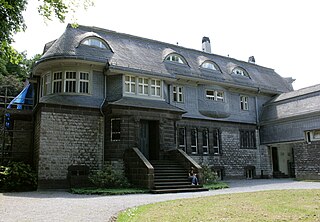
Hohenhof is a 1908-built Art Nouveau villa, located within Gartenstadt Hohenhagen in the city of Hagen, Germany. The villa was designed by Belgian architect Henry van de Velde as a Gesamtkunstwerk - incorporating shell, accessories, furnishings, landscape and all into the building's design.
15. Stadttheater
Hagen Theatre is a performance venue in Hagen, North Rhine-Westphalia, Germany. It offers musical theatre, ballet, plays, children's and young people's theatre, and concerts by the Philharmonic Orchestra Hagen.
16. Evangelische Kirche Dahl
The listed village church of Dahl is located in Dahl, a district of the district-free city of Hagen in North Rhine-Westphalia. The church belongs to the Auferstehungskirche congregation in the church district of Hagen of the Evangelical Church of Westphalia.
Share
How likely are you to recommend us?
Disclaimer Please be aware of your surroundings and do not enter private property. We are not liable for any damages that occur during the tours.
